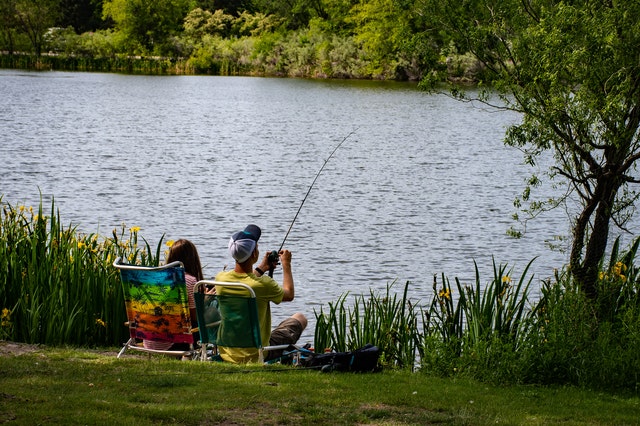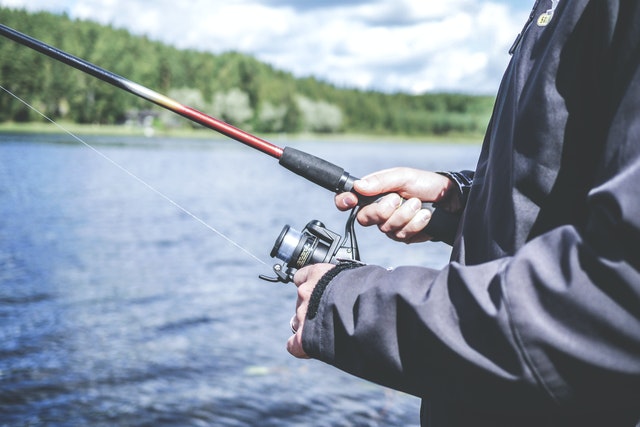No products in the cart.
How To Start Fishing As A Hobby

Getting into fishing as a hobby can be a challenging experience. There are so many things to learn, and the equipment is expensive! However, there’s no need to worry because this article will teach you everything you need to know about getting started with fishing as a hobby.
1. Get a Fishing License
Getting a license is the first thing you’ll need to do, and it’s generally not too hard. You will want a license to fish in public waters or on private land that requires one for access.
2. Buy the Right Gear
Fishing gear can be somewhat expensive, but there are a lot of high-quality brands out there. I recommend getting the best gear you can afford to ensure that it will last and work well for your fishing experience. For fishing-related equipment, you can visit shop fly fishing reels. They have a wide range of fishing tools.
If you’re not sure what rod length or reel size is right for you, stop by your local sporting goods store and ask an associate about these options before making a purchase online or elsewhere. A fish finder is one of the most efficient gear, yet most people ignore it. If you look around, you can easily find the best fish finder models in the market. Depending on the features found in different models, this gear makes it easier to find out where the fish are and what they’re biting on.
3. Find the Right Bait
Depending on the location and fish you’re targeting, the bait you’ll use will vary significantly. For example, those who live in North America might want to use a worm, while those living near an ocean or lake should try cheese for their line and hooks (fishing tip: cut it into small pieces).

4. Practice Before Going to the Lake
Fishing is good for your health and fun at the same time. However, to make it extra exciting, it will help if you practice with a pole. You might feel awkward using it at first, but the more you practice, the better your skills will be when going out to fish for real.
5. Stick to Less Popular Waterways
As a beginner, when choosing your fishing spot, it’s best to start with less populated waterways. This way, you won’t scare away all the fish in one day and can take your time learning how to catch them properly.
Start by exploring the right bank so that you don’t have to walk when carrying any caught fish back home or cooking later on. From there, find a spot where the water is deep enough offshore for your fishing line but not too deep – this will be dependent on what type of bait you’re using. A good rule of thumb is if your baited hook touches the bottom at about four feet from shore, then it’s probably safe farther out than twenty-five yards before leaving the safety zone nearshore
The article has been a helpful guide for beginners and experts alike. You can now feel more confident in your fishing knowledge, whether you’re an expert fisherman or just starting! We hope that even the most experienced fishermen will find something new to learn about our favorite sport with this post as a reference point. Happy trails!















Leave a Reply